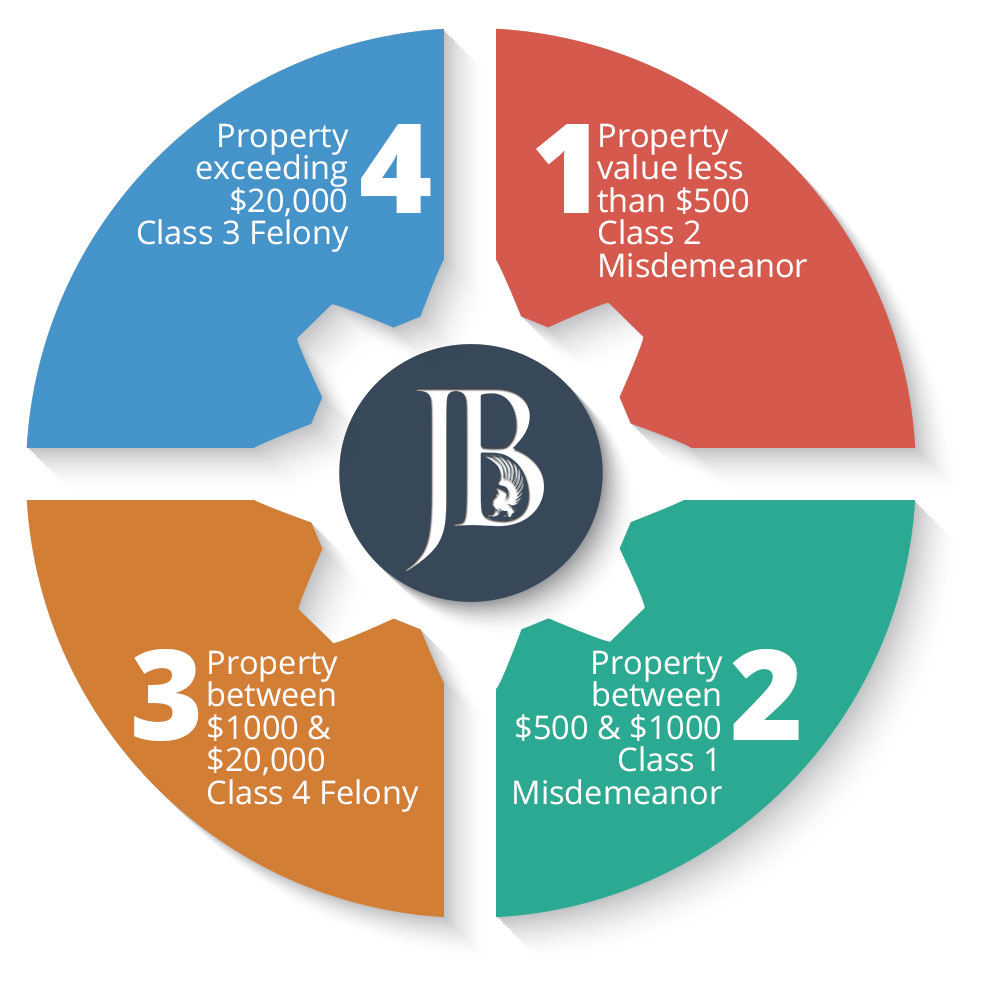Recognizing The Criminal Test: A Comprehensive Step-By-Step Failure
Recognizing The Criminal Test: A Comprehensive Step-By-Step Failure
Blog Article
Article By-Winters Brooks
When you step into a criminal trial, you could be stunned by the organized process that unfolds. All of it starts with court option, where potential jurors are looked at for biases with an approach called "voir dire." After that, both sides present their opening declarations, establishing the stage for the evidence and statements to follow. You'll see just how the prosecution and defense develop their cases, but what takes place next can substantially impact the result. Understanding these phases can disclose the complexities of justice, however there's more to uncover regarding the critical moments that adhere to.
Jury Selection Process
When it pertains to the jury option procedure, you're diving right into a crucial phase of a criminal trial. This process, commonly called "voir dire," involves wondering about potential jurors to guarantee they're unbiased and efficient in providing a fair decision.
You'll see both the prosecution and defense attorneys participating actively, each aiming to pick jurors that align with their instance's narrative.
During voir dire, you'll observe that attorneys ask questions regarding jurors' backgrounds, ideas, and experiences. Their goal is to determine any type of pre-existing prejudices that might affect a juror's choice. As a juror, you could really feel a mix of anxiety and inquisitiveness, but your honesty is crucial.
After questioning, attorneys can test particular jurors for reason if they think a juror can not stay unbiased. They can additionally make use of a restricted number of peremptory obstacles to dismiss jurors without mentioning a factor.
Test Phases Explained
The stages of a criminal trial play a vital function in guaranteeing a fair and organized procedure.
You'll initially come across the opening declarations, where both the prosecution and defense outline their instances. This sets the stage wherefore's to come.
Next off, the prosecution presents its proof and witnesses, intending to confirm the accused's guilt beyond a reasonable doubt. You'll see direct assessment adhered to by cross-examination, permitting both sides to test the here and now details.
After the prosecution relaxes its instance, it's the protection's turn. They'll offer their evidence and witnesses, often focusing on developing sensible question. You'll observe that the protection doesn't have to show innocence; they simply require to test the prosecution's situation.
Once both sides have actually provided their disagreements, you'll hear closing statements, where each event summarizes their case. This is vital as it strengthens their positions before the court deliberates.
Throughout these stages, the court guarantees that the trial complies with legal standards and that the rights of both events are secured.
Understanding these phases will certainly assist you value the complexities involved in a criminal trial and the importance of each step in the quest of justice.
Decision and Sentencing
Besides proof has existed and debates made, the jury or judge delivers a decision, identifying the accused's shame or virtue. If you become part of the court, you'll ponder with your fellow jurors, talking about the proof and your impressions. This procedure can take time, as you'll wish to make certain everyone agrees on the judgment based upon the facts.
Once a verdict is reached, it's announced in court. If the defendant is condemned, the following stage is punishing. This is when the judge makes a decision the ideal penalty. https://www.wmur.com/article/volodymyr-zhukovskyy-trial-defense-closings/40849235 may notice that numerous elements influence the sentence, such as the severity of the criminal offense, the accused's past record, and any type of mitigating conditions.
The judge may impose a variety of sentences, from penalties and social work to imprisonment. Occasionally, the protection or prosecution can provide debates relating to sentencing, attempting to sway the court's decision.
If the accused is found not guilty, they're acquitted, and no penalty adheres to. Bear in mind that a guilty decision can often bring about charms, where the offender might test the verdict or the sentence imposed.
Conclusion
In a criminal trial, you've seen exactly how vital each action is, from jury selection to the last judgment. Read the Full Document have actually followed the prosecution and protection as they develop their situations, intending to encourage the court. As soon as deliberation wraps up, the judgment figures out the end result, and if the offender is found guilty, the sentencing stage begins. Comprehending these procedures helps you value the intricacies of the justice system and the value of each role in guaranteeing a reasonable test.
